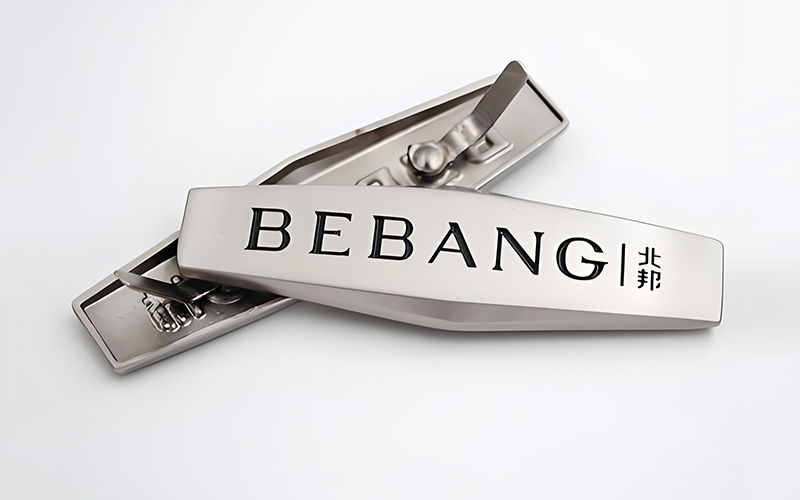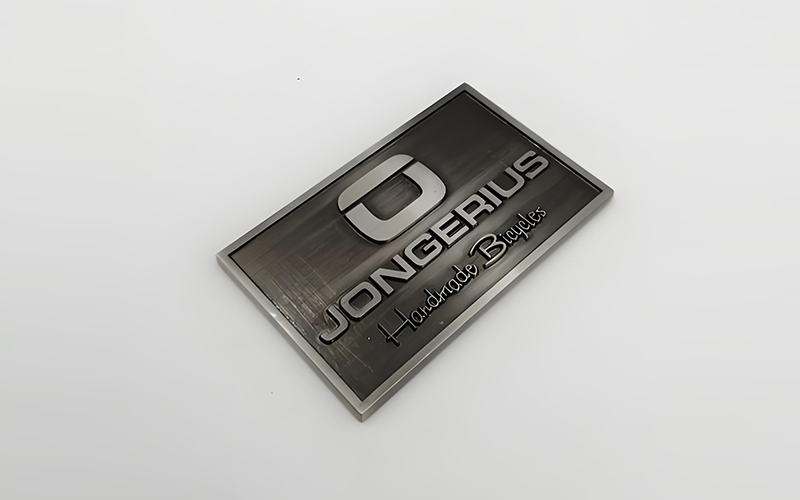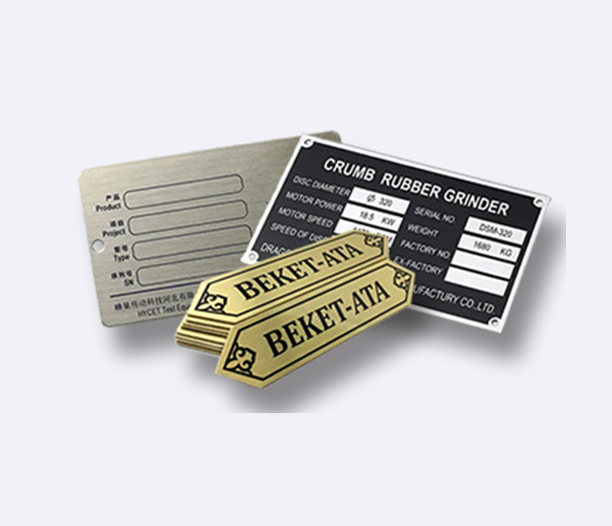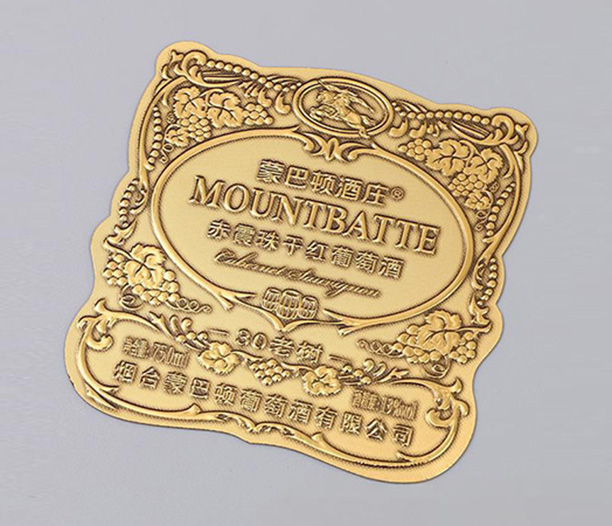If you’re working in industries like automotive, aerospace, manufacturing, or energy, you’ve probably dealt with high-temperature resistant nameplates. These tiny but mighty labels play a critical role in equipment identification, safety compliance, and operational efficiency. But here’s the kicker: even small mistakes during their selection, installation, or maintenance can lead to big problems—think safety hazards, compliance fines, or costly downtime.
In this guide, we’ll break down the most common mistakes companies make with high-temperature resistant nameplates, why they matter, and how to fix them. Let’s dive in!
1. Choosing the Wrong Material for the Job
The phrase “high-temperature resistant” sounds straightforward, but not all materials are created equal. One of the biggest blunders is assuming any heat-resistant material will work. For example:
- Metal nameplates (like stainless steel or aluminum) are popular, but they might warp or corrode in extreme conditions.
- Polymer-based labels (e.g., polyester or polyimide) can handle heat, but their limits vary. Some degrade at 300°F, while others withstand 500°F+.
- Ceramic or epoxy labels are heavy-duty but may crack under rapid temperature changes.
The Fix: Always check the specific temperature range of your application. If your machinery hits 800°F near a furnace, a “standard” high-temperature resistant nameplate rated for 400°F won’t cut it. Work with suppliers who provide detailed specs and real-world testing data.

2. Skipping Surface Preparation
Imagine slapping a high-temperature resistant nameplate onto a greasy, dusty, or uneven surface. Spoiler: It won’t stick. Surface prep is often overlooked, leading to peeling, bubbling, or illegible labels—especially under heat stress.
Common oversights include:
- Not cleaning the surface with solvents to remove oil or residue.
- Failing to roughen smooth surfaces (like polished metal) for better adhesive bonding.
- Applying labels in humid or cold environments, which weaken adhesion.
The Fix: Follow the manufacturer’s prep guidelines religiously. Use industrial-grade cleaners, abrasives, or primers designed for high-heat applications. And apply labels in controlled conditions whenever possible.
3. Ignoring Chemical Exposure
High heat often comes with a side of harsh chemicals—think solvents, acids, or fuels. A high-temperature resistant nameplate that can handle heat but melts when exposed to oil is a recipe for disaster.
For example:
- Anodized aluminum nameplates resist corrosion but may fail in acidic environments.
- Polyimide labels are chemical-resistant but might degrade in UV-heavy outdoor settings.
The Fix: Map out all environmental factors, not just temperature. If your nameplates face chemical splashes, UV rays, or abrasive dust, opt for materials with dual resistance (e.g., ceramic-coated metal or specialty polymers).
4. Using Low-Quality Adhesives
Even the toughest high-temperature resistant nameplate is useless if the adhesive fails. Many companies invest in premium labels but cheap out on the glue, leading to:
- Labels falling off during thermal expansion/contraction.
- Adhesive melting and leaving a sticky mess.
- Reduced readability due to warping.
Not all adhesives are built for extreme heat. For instance:
- Acrylic adhesives work up to 300°F.
- Silicone-based adhesives can handle 500°F+.
The Fix: Match the adhesive to your operating temps. Ask suppliers for heat-test certifications. For dynamic surfaces (like engines), consider mechanical fasteners as a backup.
5. Overlooking Legibility and Durability
A nameplate that fades, scratches, or burns defeats its purpose. Common design mistakes include:
- Using cheap inks: Standard prints fade under heat or UV exposure.
- Choosing tiny fonts: Hard-to-read text wastes time during inspections.
- Neglecting protective coatings: Without a top layer, text wears off fast.
The Fix: Invest in laser etching, ceramic decals, or thermal-transfer printing for long-lasting clarity. Add protective coatings (like epoxy) and test labels under simulated conditions.

6. Forgetting Compliance Requirements
Industries like oil and gas or aerospace have strict labeling standards (e.g., OSHA, ANSI, or ISO). Using non-compliant high-temperature resistant nameplates can lead to fines or failed audits.
Examples of compliance pitfalls:
- Missing safety symbols or hazard warnings.
- Incorrect font sizes or color contrasts.
- Using non-fire-retardant materials in explosive environments.
The Fix: Partner with suppliers who understand regulatory standards. Review industry guidelines annually—they do change!
7. Assuming “Set It and Forget It”
Even the best high-temperature resistant nameplates need checkups. Dust, vibration, or thermal cycling can loosen labels over time. Yet, many teams install them and never look back.
The Fix: Add label inspections to your maintenance schedule. Replace damaged or faded nameplates immediately. Track their lifespan—some materials last 5+ years, others degrade faster.
Final Thoughts
High-temperature resistant nameplates are a small investment with a massive impact on safety, efficiency, and compliance. By avoiding these seven mistakes—choosing the wrong material, skipping prep, ignoring chemicals, using weak adhesives, compromising legibility, forgetting compliance, and neglecting maintenance—you’ll ensure your labels survive the heat (literally).
When in doubt, collaborate with experienced suppliers who specialize in extreme-environment labeling. Test materials in your actual workspace, and always plan for the worst-case scenario. After all, in high-heat industries, there’s no room for shortcuts.






